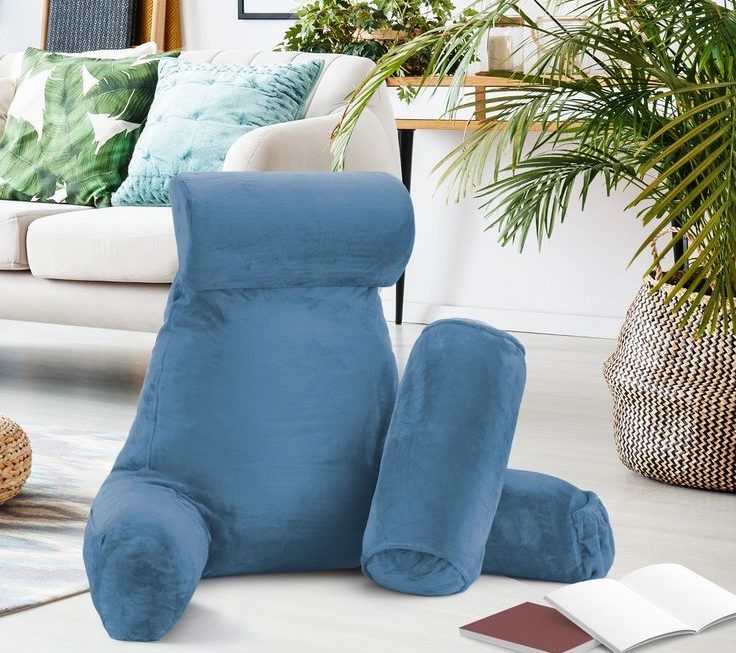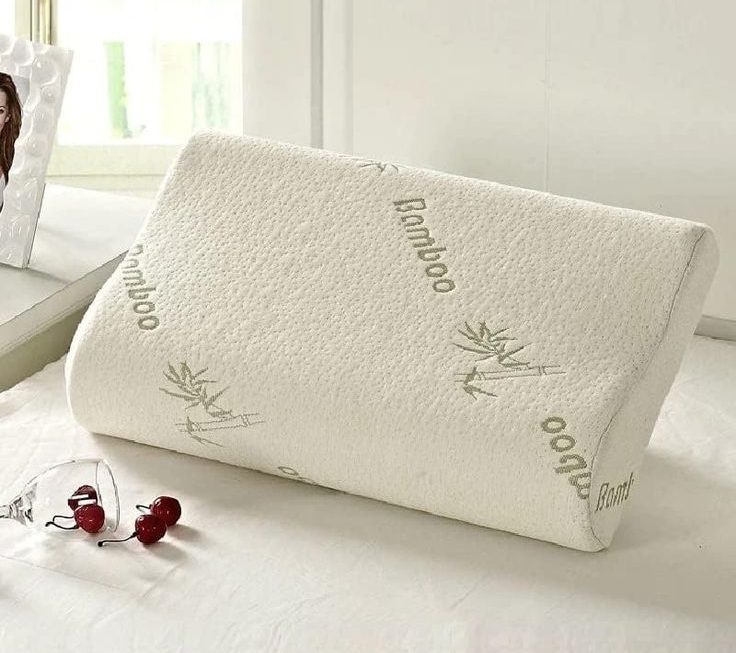Introduction:
Sagging couch cushions can be a nuisance, causing discomfort and compromising the overall appearance of your furniture. Over time, cushions can lose their shape and support due to wear and tear. However, there are several solutions available to restore the comfort and structural integrity of your couch cushions. In this comprehensive article, we will explore the causes of sagging couch cushions, preventive measures, and various methods for fixing and preventing sagging, helping you revive your couch’s comfort and prolong its lifespan.
Materials, Types, and Styles of Couch Cushions:
Materials:
Foam: Foam is a commonly used material for couch cushions. It offers comfort, support, and resilience. High-density foam provides better durability and maintains its shape over time.
Down and Feather: Down and feather cushions provide a luxurious and soft feel. They offer a plush seating experience but require regular fluffing to maintain their shape.
Polyester Fiberfill: Polyester fiberfill cushions are budget-friendly and provide a medium level of firmness. They are lightweight and easy to maintain.
Memory Foam: Memory foam cushions contour to the shape of the body, providing personalized support and pressure relief. They are excellent for comfort and reducing motion transfer.
Types of Couch Cushions:
Seat Cushions: Seat cushions provide the primary support and comfort for sitting. They come in various shapes, including square, rectangular, T-shaped, or custom shapes to fit different couch designs.
Backrest Cushions: Backrest cushions offer support for the back and promote proper posture while seated. They are available in different sizes and shapes to fit various couch styles.
Armrest Cushions: Armrest cushions provide additional comfort and support for resting the arms while seated. They can be attached to the couch or used as separate cushions.
Throw Pillows: Throw pillows are decorative cushions that add style and comfort to the couch. They come in various shapes, sizes, and designs to enhance the overall aesthetic of the seating area.
Styles and Designs:
Solid Colors: Solid color couch cushions offer a timeless and versatile look. They can match or contrast with the couch upholstery, providing a clean and cohesive appearance.
Patterns and Prints: Patterned couch cushions add visual interest and can complement the overall decor theme. Common patterns include stripes, chevron, floral, geometric, or abstract designs.
Textures: Textured cushions add depth and tactile appeal to the couch. They can feature raised patterns, embroidery, or fabrics with a textured weave.
Contrast Piping: Couch cushions with contrast piping along the edges create a defined and tailored look. The piping can be in a coordinating or contrasting color to add visual interest.
Couch cushions are available in a variety of materials, types, and styles to suit different preferences and couch designs. Foam cushions offer comfort and support, while down and feather cushions provide a luxurious feel. Polyester fiberfill is a budget-friendly option, and memory foam offers personalized support. Seat cushions, backrest cushions, armrest cushions, and throw pillows provide different levels of support and decorative flair. Solid colors offer a classic look, while patterns, prints, textures, and contrast piping add visual interest. When selecting couch cushions, consider the desired level of comfort, style, and durability, ensuring that they complement your couch and enhance the overall seating experience. With the right selection of couch cushions, you can create a comfortable and visually appealing seating area in your living space.
Causes of Sagging Couch Cushions:
Overuse:
Frequent use of the couch can lead to the compression and breakdown of cushion fillings, resulting in sagging.
Poor Quality Materials:
Couch cushions made with low-quality foam or batting may not provide adequate support and are more likely to sag over time.
Uneven Distribution:
Uneven distribution of weight on the couch, such as consistently sitting in the same spot, can lead to specific areas of the cushions sagging more than others.
Moisture or Liquid Damage:
Exposure to moisture or spills can weaken cushion fillings and contribute to sagging.
Preventive Measures for Sagging Couch Cushions:
Rotate and Fluff:
Regularly rotate and fluff your couch cushions to ensure even wear and minimize the risk of sagging in specific areas.
Avoid Overloading:
Avoid placing excessive weight on the cushions, such as standing or jumping on them, as it can accelerate sagging.
Protective Covers:
Use protective covers for your couch cushions to shield them from spills, stains, and moisture.
High-Quality Materials:
Invest in couch cushions made with high-quality foam or batting that offer superior support and durability.
Methods for Fixing Sagging Couch Cushions:
Replacing Cushion Inserts or Foam:
Measure the dimensions of the sagging cushions and purchase new foam inserts or batting of the same size and density.
Remove the old cushions from their covers and replace them with the new inserts.
Ensure a snug fit by trimming the foam or batting, if necessary.
Place the new cushions back into their covers, making sure they are properly positioned and aligned.
Adding Additional Support:
Use a piece of plywood or a solid support board cut to fit the size of the sagging cushions.
Remove the cushions from their covers and place the support board beneath them.
Reinstall the cushions, ensuring they are positioned evenly on top of the support board.
Rebuilding Cushion Fillings:
Open the seams of the cushion covers using a seam ripper to gain access to the filling material.
Remove the old filling material, such as foam or batting, and replace it with new filling of the same type and density.
Distribute the new filling evenly and adjust the amount to achieve the desired firmness.
Close the seams of the cushion covers using a sewing machine or needle and thread.
Other Considerations:
Professional Reupholstery:
If your couch cushions are extensively damaged or the frame needs repair, consider seeking professional reupholstery services to ensure a comprehensive restoration.
Regular Maintenance:
Regularly fluff and rotate your couch cushions, vacuum them to remove dust and debris, and spot clean any stains promptly to maintain their appearance and prolong their lifespan.
Prevent Moisture Damage:
Avoid exposing your couch cushions to excessive moisture or spills. If a spill occurs, blot it immediately with a clean cloth and allow the cushions to dry completely before use.
Conclusion:
Sagging couch cushions can be fixed and prevented with various methods. By understanding the causes of sagging, implementing preventive measures, and utilizing solutions such as replacing cushion inserts, adding additional support, or rebuilding cushion fillings, you can restore comfort and prolong the lifespan of your couch. Regular maintenance and care, along with the use of high-quality materials, will help prevent future sagging and ensure your couch cushions remain comfortable and supportive for years to come. Revive the comfort of your couch and enjoy quality time with family and friends with properly supported cushions.







